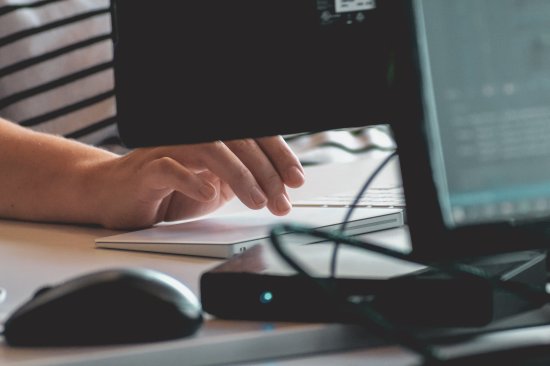How Property Management Software Reshapes Modern Property Operations
Property Management Software (PMS) has come a long way since its early iterations in the late 20th century. Once used primarily to track tenant details and handle basic rent collection, today's PMS platforms have evolved into powerful, all-in-one systems that incorporate automation, analytics, and cloud-based tools. These systems now support a wide array of property-related tasks, allowing managers to shift their focus from manual administration to strategic tenant engagement and asset optimization.
Property Management Software (PMS) has come a long way since its early iterations in the late 20th century. Once used primarily to track tenant details and handle basic rent collection, today's PMS platforms have evolved into powerful, all-in-one systems that incorporate automation, analytics, and cloud-based tools. These systems now support a wide array of property-related tasks, allowing managers to shift their focus from manual administration to strategic tenant engagement and asset optimization.

What is Property Management Software?
At its core, property management software is a digital platform designed to centralize and automate essential property management functions. It covers everything from lease tracking and maintenance scheduling to communication with tenants and financial oversight. Most modern PMS platforms come equipped with tools for:
- Scheduling viewings and repairs
- Managing tenant communications through centralized dashboards
- Tracking real-time data for informed, strategic planning
This shift toward tech-powered property operations allows landlords and property managers to operate more efficiently, reduce errors, and focus on delivering better tenant experiences. By automating repetitive tasks and offering real-time insights, PMS becomes a strategic asset rather than just a back-office tool.
Core Features of Property Management Software
1. Task Scheduling and Operational Management
A standout feature of PMS tools is their ability to streamline task organization. Property managers can set automated reminders for maintenance, manage staff workflows, and coordinate appointments—all within a single interface. With shared calendars and real-time status updates, the system helps reduce downtime, improve accountability, and boost service reliability.
2. Real-Time Occupancy Tracking
Accurate occupancy tracking is essential for revenue management and marketing. PMS platforms provide instant visibility into which units are occupied, pending, or vacant. This data empowers property owners to anticipate vacancy trends, adjust pricing, and target marketing more effectively to maintain optimal occupancy levels.
3. Automated Billing and Financial Management
Managing rent payments, invoices, and expenses can be overwhelming without proper tools. PMS simplifies this by automating invoicing, sending reminders, and reconciling payments. Many systems also integrate with accounting software or include built-in financial reporting dashboards. As a result, firms often see a noticeable decrease in late payments and improved cash flow consistency.
Why Property Management Software Matters
Improved Operational Efficiency
One of the biggest advantages of PMS is the automation of daily tasks. From generating rent receipts to assigning maintenance tickets, routine activities can be handled with minimal manual input. This not only saves time but also reduces administrative costs and minimizes human error.
Better Communication with Tenants
With built-in messaging systems and automated alerts, PMS platforms help keep tenants informed about upcoming inspections, maintenance updates, or policy changes. This improves transparency and reduces miscommunication, leading to a smoother landlord-tenant relationship and higher satisfaction levels.
Data-Backed Strategic Planning
PMS tools are more than just operational aids—they are also data goldmines. By analyzing trends in rent collection, tenant retention, service requests, and occupancy rates, landlords can make informed decisions to enhance profitability and tenant experience. Insights from this data can help identify inefficiencies or uncover opportunities for property improvements and revenue growth.
How to Choose the Right Property Management Software
When selecting a PMS for your business, consider the following key factors:
- Feature Set: Does it cover your core needs such as rent collection, maintenance tracking, tenant screening, and reporting?
- Scalability: Will the software grow with your portfolio if you expand?
- User Experience: Is the platform intuitive and easy to navigate for both staff and tenants?
- Pricing Model: Evaluate whether subscription fees or pay-per-unit pricing aligns with your budget.
- Customer Support: Look for responsive support teams and comprehensive onboarding resources.
Reading user reviews, trying out free demos, and comparing trial versions will give you a practical feel for how well a solution meets your specific needs.
The Future is Digital: Embracing Property Tech
In conclusion, property management software is no longer a luxury—it’s a necessity for forward-thinking landlords and property managers. Its ability to automate time-consuming tasks, improve tenant engagement, and offer actionable insights makes it a cornerstone of modern real estate operations.
Adopting the right PMS can result in lower operational costs, faster response times, and stronger tenant retention. As the property management landscape continues to evolve, investing in technology is a strategic move toward efficiency, growth, and long-term success. Now is the time to explore what today’s top-tier PMS platforms can do for your business.

